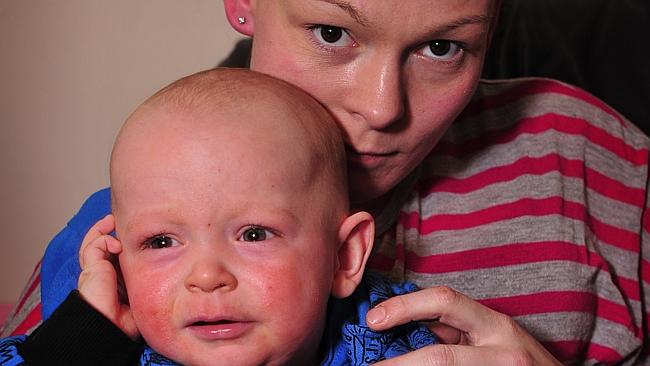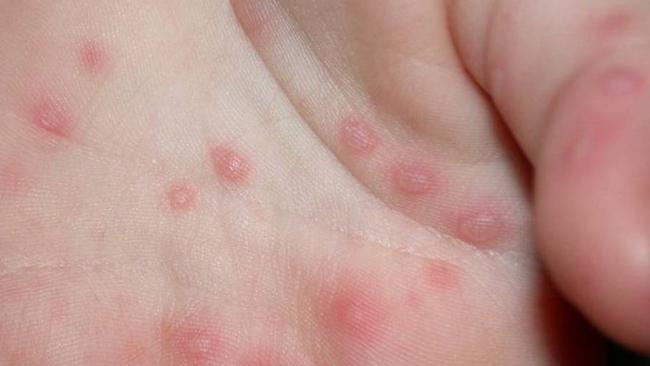Hand, foot and mouth disease on rise
WE’RE in the grip of an outbreak of a highly contagious disease that’s causing grief for parents around the country. And you might not have ever heard of it.

IT’S got a strange name, it’s costing the economy millions, and it’s on the rise.
Hand, foot and mouth disease primarily shows up in children, but can affect a large proportion of the population — many who might not even know they have it.
It’s got nothing to do with the deadly cattle disease, foot and mouth; instead it’s most often a relatively mild virus that usually presents itself in young children who attend childcare.
People with the virus often have a spike in temperature a couple of days before blisters on their hands and feet, and inside their mouth appear. Depending on the severity, it can be quite painful, with mouth ulcers making it difficult to eat or drink. In very rare cases, children can become ill from viral meningitis relating to the infection, and some die.
Most often, however, younger patients can start to feel better within a couple of days. But the blisters can remain for seven to 10 days, during which time the disease is highly contagious.
NSW Health’s Jeremy McAnulty said the state had seen a rise in more severe cases over the past three years, with a spike in those presenting to hospital emergency departments.
Dr McAnulty said up to half of the population had been exposed to at least one of the strains of hand, foot and mouth disease, which is most often caused by the Coxsackie virus.
“You might not even know you have it, but can still pass it onto others, which makes it very hard to control,” he said.

Dr McAnulty said the disease was prevalent in childcare centres, because kids were “in a situation where they’re touching each other and don’t have good hygiene, so they’re more likely to spread the virus”.
Even if your child has recovered from the worst of the symptoms, and seems generally well, Dr McAnulty said it was important to keep them away from childcare until all blisters had dried out.
“If a child has blisters, they’re much more likely to spread the virus, even if they are otherwise well. Kids touch each other, they’re in close contact, and they’re less likely to be washing their hands (which can reduce the spread of the virus).
“It’s also about childcare centres having good hygiene practices. They need to make sure they wash soiled toys, for example.”
But keeping your otherwise-well child home from daycare has a big impact on the economy.
A 2013 Direct Health Solutions report on the cost of absenteeism found that more than “88 million days are lost to the Australia economy due to absenteeism, at a cost of $27.5 billion per annum in sick leave costs and lost productivity”.
While this figure includes all absenteeism, they found that alongside common illnesses such as a cold or flu, household responsibilities including caring for sick kids was a key reason people took days off work.
And while most parents would drop any work to care for their sick child, the question becomes more difficult when the child seems well.
Dr McAnulty said kids should stay away from childcare until all symptoms are gone, even if they are seemingly well, as it’s likely they could spread the virus through the community.
And if your boss is giving you grief about taking time off to care for your sick child, Australian Chamber of Commerce and Industry workplace relations director Richard Clancy says employees have the right to care for their kids.
“Working parents need to juggle their caring responsibilities for children when they are unwell,” he said.
“Workplace laws provide working parents with at least 10 days’ paid leave each year, which can be taken when they are unwell or they have caring responsibilities. Once this is exhausted the law gives the right to two additional days of unpaid leave each time a child is ill. This flexible safety net helps workers and their employers manage the issue.”



